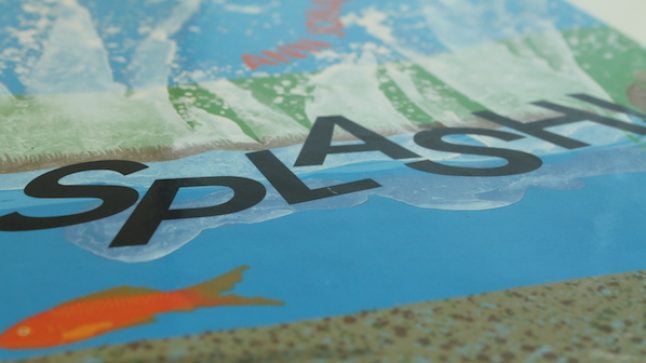Series: Book Ideas
Three Books for the Last Days of Summer that Splash into Math

Summer is coming to an end, but that doesn’t mean that summer reading has to stop. Here are some refreshing books about water and ocean fun that inspire mathematical thinking. Dive right in!
-
Splash by Ann Jonas
Having a pond in the backyard provides an opportunity to swim, but also to notice mathematics in nature. The narrator of this whimsical picture book finds out that the animals around the pond have mixed reactions to the ins and outs of pond living. As the dogs, cats, frogs, and other animals hop and fall in and out of the pond, each page invites children to figure out how many are left in the water.
Why not act the story out? A blue blanket or tablecloth on the floor can be the pond, and children or stuffed animals can take turns jumping in and out of the water. After each change, children will think about the joining or separating that took place, which provides for all kinds of math discussions about number relationships.
Children will also love to create their own stories of who (or what) might splash into the pond.
-
Ten Little Fish by Audrey Wood
This ocean story begins with a fish who slowly loses the school of friends around him. It’s a unique counting book because it both counts down, and then counts up when the lonely fish finds a female mate and they start a family.
Learning the counting word sequence, both up and down, is important for young children to develop flexible counting skills. Knowing the number-before and the number-after any given number also helps with simple operations. Practicing these skills benefits from a relatable story that provides context and interest for children.
-
Blue Sea by Robert Kalan
More fish! This colorful story book has a great pattern to it, following “big” and “small” fish as they chase to eat each other (or race to get away). The small and smaller fish pass through small and smaller holes, which allow them to escape the larger fish. What an interesting visual to explore questions about number operations, as well as size and measurements.